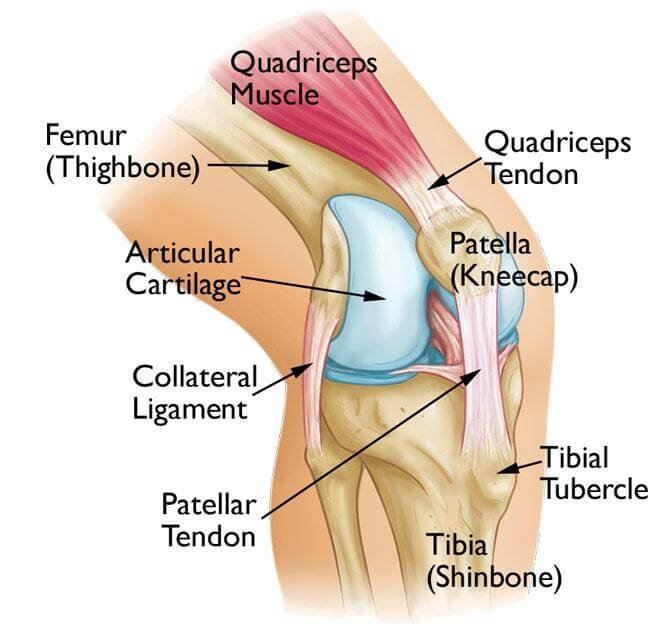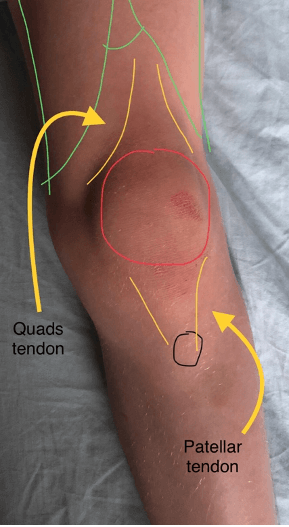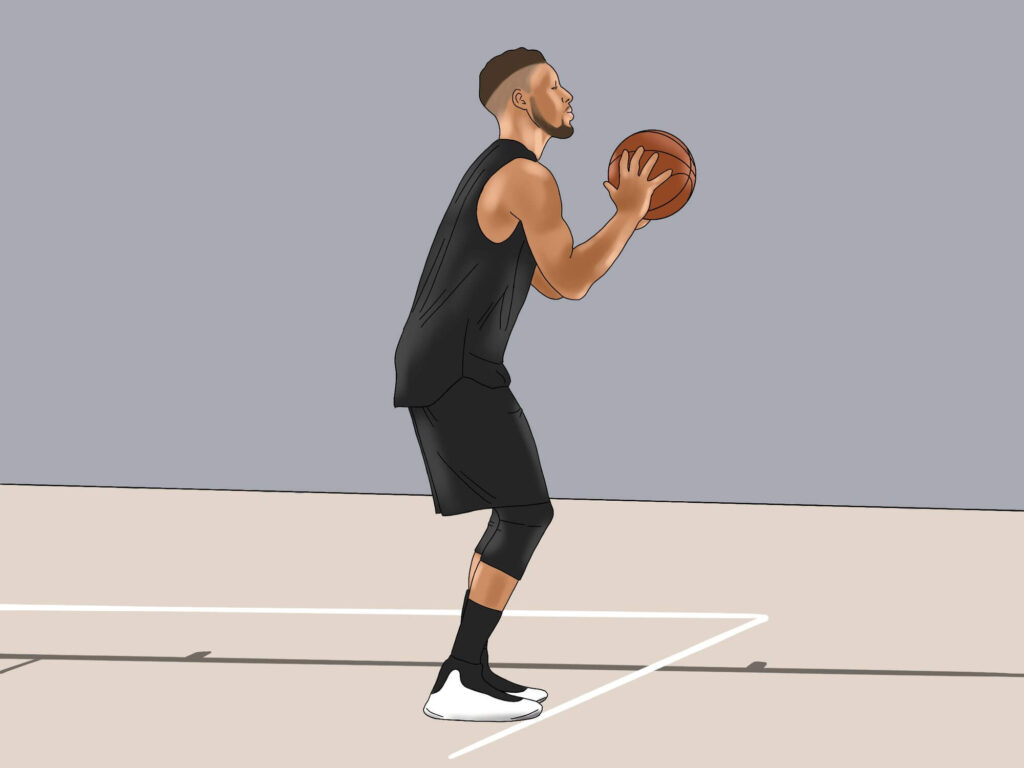Osgood-Schlatter disease is a common cause of knee pain in adolescents, particularly those who are active in sports. It is a condition that affects the growth plate at the top of the shinbone, causing inflammation and pain. While it is a temporary condition that usually resolves on its own, it can be quite uncomfortable and limit physical activity. One way to manage the pain and promote healing is through mindful movement, specifically yoga. In this article, we will explore the benefits of yoga for Osgood-Schlatter and how it can help bring harmony to the condition.

by Patrick Malleret (https://unsplash.com/@pmalleret)
Understanding Osgood-Schlatter Disease
Before we dive into the benefits of yoga, it is important to understand what Osgood-Schlatter disease is and how it affects the body. This condition is caused by repetitive stress on the growth plate at the top of the shinbone, which is still developing during adolescence. This stress can be caused by activities such as running, jumping, and other high-impact sports. The result is inflammation and pain in the knee, which can be worsened by physical activity.
The Benefits of Yoga for Osgood-Schlatter
Yoga is a form of mindful movement that focuses on connecting the mind, body, and breath. It involves a series of poses and stretches that can help improve flexibility, strength, and balance. For those with Osgood-Schlatter, yoga can be a beneficial form of exercise as it is low-impact and can be modified to accommodate any limitations or pain. Additionally, the mindfulness aspect of yoga can help individuals become more aware of their body and its limitations, allowing them to modify poses as needed to avoid aggravating the condition.
Specific Poses for Osgood-Schlatter
There are several yoga poses that can be particularly helpful for those with Osgood-Schlatter disease. These include:
Child’s Pose
This pose gently stretches the hips, thighs, and ankles, which can help alleviate tension in the knee. To perform this pose, start on your hands and knees, then sit back on your heels with your arms stretched out in front of you. Hold for 30 seconds to a minute, breathing deeply.
Warrior II
This pose strengthens the legs and stretches the hips, which can help improve stability and balance in the knee. To perform this pose, stand with your feet hip-width apart, then step one foot back and turn it out at a 90-degree angle. Bend your front knee and extend your arms out to the sides. Hold for 30 seconds to a minute, then switch sides.
Downward-Facing Dog
This pose stretches the hamstrings and calves, which can help alleviate tension in the knee. To perform this pose, start on your hands and knees, then lift your hips up and back, straightening your arms and legs. Hold for 30 seconds to a minute, breathing deeply.
The Importance of Physical Therapy
While yoga can be a helpful tool in managing Osgood-Schlatter disease, it is important to also seek guidance from a physical therapist. They can provide personalized exercises and stretches to help strengthen the muscles around the knee and promote healing. They can also monitor progress and make adjustments as needed.
By incorporating yoga and physical therapy into your treatment plan, you can find harmony and relief from the pain of Osgood-Schlatter disease. Remember to always listen to your body and modify poses as needed to avoid aggravating the condition. Have you tried yoga for Osgood-Schlatter? Let us know in the comments.




